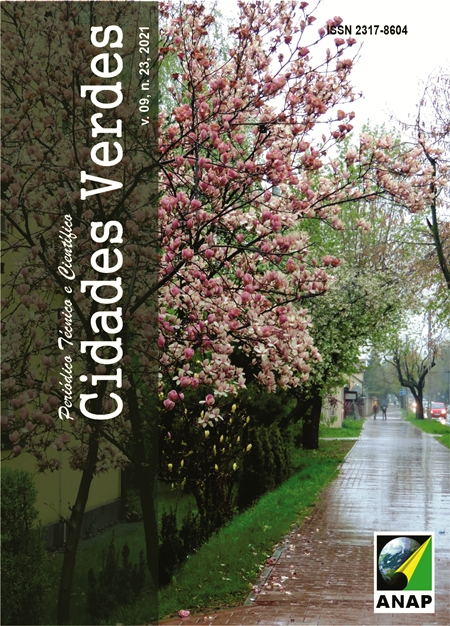Access to urban soil and segregation in the Conjunto dos Sapateiros, in the city of Patos, Paraiba, Brazil
DOI:
https://doi.org/10.17271/2317860492320212937Abstract
This work addresses the theme of socio-spatial dynamics present in the intra-urban space, having as a theoretical object of study the relationship between access to urban land and segregation. The case study was the Conjunto dos Sapateiros, in the city of Patos, Paraíba, Brazil. The study aims to verify the quality of the insertion of this group in the urban context and if there is equity in the access to the city's soil, based on the measurement of the degree of access to urban opportunities. The Space Syntax method was used, having been calculated the measures Connectivity, Integration, Average Depth and Step Depth, to evaluate the potential of accessibility between the set and other spaces of the city. The mapping of land uses around the complex and the main poles generating travel in the city was also made, using the Google Earth software, crossing this data on land use with the spatial accessibility of the road network. The results indicated that the Conjunto dos Sapateiros is spatially segregated in relation to the other roads in the city, as it has low accessibility potential, in all calculated syntactic measures, to the main urban facilities in its surroundings and the city. Most of the main uses mapped are more than 3 changes in the direction of the complex, which demonstrates the inequity in the enjoyment of urban opportunities, such as employment, leisure and public services.
KEYWORDS: Accessibility, Social Housing, Space Syntax.















